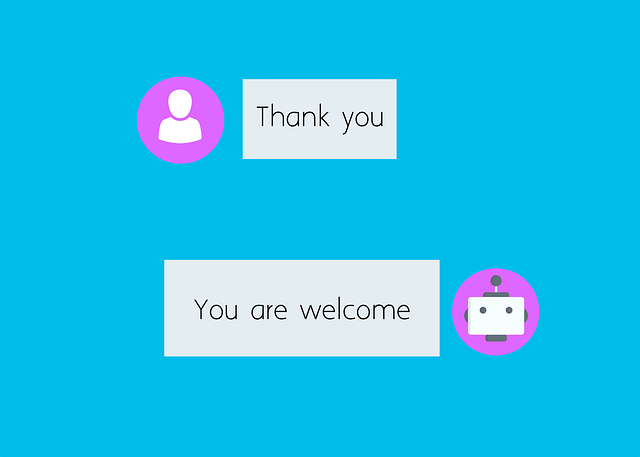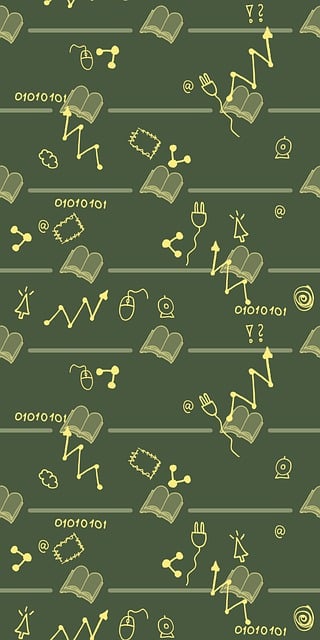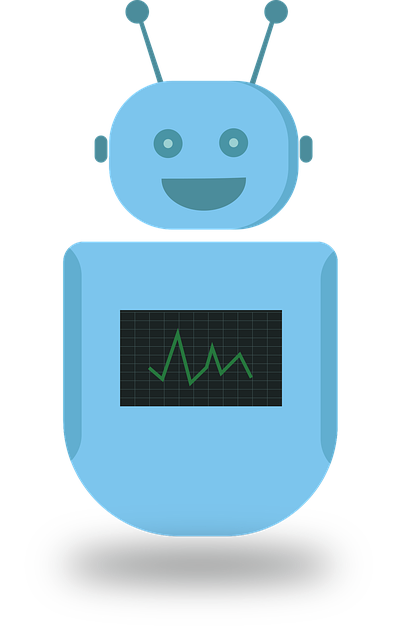Chatbots powered by AI have transformed interactions with technology, offering intuitive and personalized user experiences through complex algorithms and machine learning. They process human language using Natural Language Processing (NLP), recognizing keywords and intent for accurate interpretation. Trained on massive datasets, these chatbots generate contextually relevant responses based on their training data and algorithms. Continuous evolution via machine learning, deep learning, and NLP improves their understanding and response accuracy over time, providing engaging and personalized experiences.
“Unveiling the intricacies of chatbot AI: A comprehensive guide.
Chatbots have revolutionized communication, offering instant assistance across various sectors. This article delves into the inner workings of these intelligent assistants. From understanding the fundamentals of chatbot AI and its training methods to exploring query processing and continuous evolution, we demystify this technology. Learn how these chatbots adapt and improve, ensuring accurate, contextually relevant responses. By the end, you’ll grasp the power behind seamless human-AI interactions.”
- Understanding Chatbot AI: The Basics
- Training and Development of Chatbot AI
- How Chatbot AI Processes User Queries
- Continuous Improvement and Evolution of Chatbot AI
Understanding Chatbot AI: The Basics

Chatbots powered by artificial intelligence (AI) have revolutionized the way we interact with technology, offering intuitive and personalized user experiences. At their core, chatbot AI relies on sophisticated algorithms and machine learning techniques to process and understand human language. These systems are trained using vast amounts of data, allowing them to learn from patterns and context, enabling them to generate relevant responses.
The basic functioning involves a user sending a message or query, which the chatbot interprets using Natural Language Processing (NLP). NLP enables chatbots to analyze text, identify keywords, and grasp the user’s intent. Advanced AI models can even understand nuances, sentiment, and contextual cues from the conversation. Once interpreted, the chatbot formulates an appropriate response, drawing on its training data and algorithms to provide an accurate and contextually relevant answer or suggestion.
Training and Development of Chatbot AI

The development of a chatbot AI begins with training, an essential process that equips these virtual assistants with valuable knowledge and skills. This involves feeding vast amounts of data, often in the form of text from various sources like books, articles, or internet content, into machine learning algorithms. These algorithms analyze patterns, learn from examples, and identify relationships within the data to gain a deep understanding of language and context. The more diverse and extensive the training data, the better equipped the chatbot AI becomes to handle different user queries.
During training, the model is exposed to diverse scenarios, enabling it to generate appropriate responses. It learns to interpret user inputs, understand intent, and provide accurate, contextually relevant answers. Developers also employ techniques like fine-tuning and reinforcement learning to enhance performance, ensuring the chatbot AI continuously improves with each interaction, making its conversations more natural and effective over time.
How Chatbot AI Processes User Queries

Chatbot AI processes user queries through a sophisticated system that mimics human conversation. When a user types in a question or request, the chatbot’s algorithms analyze the input, breaking it down into components to understand the intent behind the message. This involves natural language processing (NLP), enabling the AI to recognize keywords, phrases, and sentiment, much like how humans interpret language.
Once understood, the chatbot AI uses this context to generate a response. It draws from vast databases of pre-programmed answers, contextual information, and machine learning models that enable it to learn and adapt from previous interactions. These components work together to provide relevant, accurate responses tailored to the user’s query, ensuring a smooth interaction experience.
Continuous Improvement and Evolution of Chatbot AI

The evolution of chatbot AI is an ongoing process, driven by continuous improvement and learning. These intelligent systems are designed to adapt and grow over time, becoming more sophisticated in understanding and responding to user queries. At the heart of this development lies machine learning, where chatbots analyze vast amounts of data, identify patterns, and refine their algorithms accordingly. Each interaction adds valuable insights, allowing them to learn from both correct and incorrect responses.
As chatbot ai evolves, they become adept at handling a broader range of user inputs, including natural language variations and context-specific requests. This evolution is further accelerated by the integration of advanced technologies like deep learning and natural language processing (NLP). These innovations enable chatbots to process complex queries, generate human-like responses, and even adapt their communication style based on individual users, creating a more personalized and engaging experience.
Chatbot AI has evolved from a simple rule-based system to a sophisticated, learning machine. By understanding the fundamentals, training with vast datasets, and continuously refining their algorithms, these virtual assistants can now process complex user queries with remarkable accuracy. As technology progresses, chatbot AI will undoubtedly become even more integral to our daily interactions, shaping the future of customer service and beyond.
